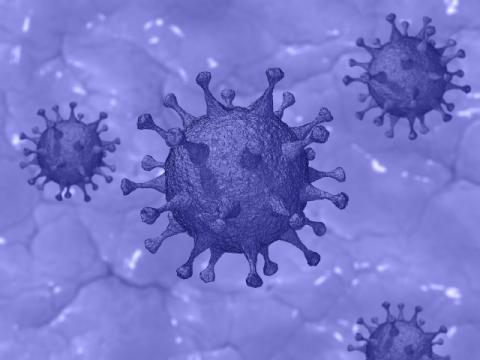How to Recognise COVID-19?

1. COVID-19 continues to be a flu-like virus with a symptom complex fully covered by the flu combination for the year. The virus is distinguishable from the flu strain by test only. There are basically three differences. The new virus has an average incubation period of 8 days, with influenza being 2 days. The new virus is about 2.3% more likely to have fatal complications than seasonal flu, and this difference is entirely due to the lack of a vaccine. Third, the symptoms last for 8 to 14 days, unlike seasonal flu (7 days), with a tendency to get better every day. There is no place for panic. Personal responsibility for the health of others remains 99% of control.
2. The chance of a person dying from the new virus is still greater than the death of a seasonal flu - according to WHO data, the mortality rate in the case of a coronavirus is about 3 - 4%. Again thanks to flu vaccines. There is no reported death in Europe below 50 years. Massively, it is about decompensating current chronic conditions that are life-threatening in any pneumonia.
3. How does the infection develop? COVID-19 is in the golden environment of viruses as far as human-to-human transmission is concerned. This in numbers means that in a room of 100 people it is expected that 70 will have inoculation (attachment) of the virus upon introduction of the pathogen. With the remaining 30%, the virus will not be able to attach itself to the respiratory mucosa.
4. How does the disease develop? 70 out of 100 contacts are carriers. 70% of them or 49 people will not develop the whole symptom complex, but a single cough, malaise and stabilization on the second day. In a fast-paced, stressful lifestyle, you won't even realize you're sick. This makes you a major threat to the country - a...
- Log in to post comments
